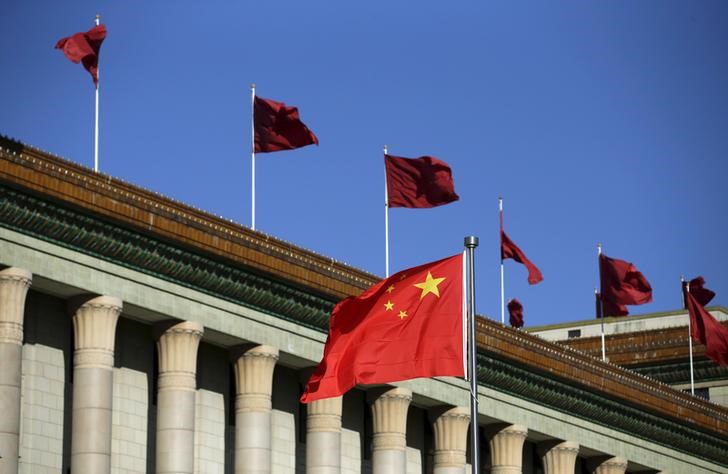Investing.com-- China’s Politburo held its July meeting on Tuesday, with the country’s top officials reiterating the country’s annual economic growth target, and that they would roll out more stimulus measures aimed at consumers.
The meeting marked some deviation from Chinese authorities’ usual playbook of focusing on infrastructure, with analysts at Citi noting an explicit emphasis on consumption.
But while the focus on consumption is a positive development, Citi said that China’s stance towards stimulus had still not extended beyond “generally reactive” measures and incremental easing. Citi also flagged a lack of concrete measures to boost household income and sentiment.
The brokerage said that Beijing had provided few details on its plans to support the property market, which has been a key pain point for the Chinese economy in recent years.
Citi said that the meeting did not mark any major shift in China’s stance on stimulus, and that market focus was now on how Beijing will implement more supportive measures for the economy.
“Follow-up policy implementation is critically important in the coming months. For the time being, without major policy shifts, investor confidence would likely remain soft,” Citi analysts wrote in a note.
Analysts at Morgan Stanley echoed this notion, stating that they remained cautious over China’s plan for stimulus, noting that while last year’s July meeting had also promised more supportive policies, it had yielded only “piecemeal measures in a reactive fashion.”
The Politburo is a top decision-making body of the Chinese Communist Party, with its July meeting setting the tone for China’s economy in the remainder of 2024.
But the meeting offered few actual cues on stimulus measures, coming shortly after the CCP’s third Plenum, which also gave scant details on more planned measures.
Sentiment towards China has grown increasingly negative in recent months, sparking a rout in local stocks as Beijing gave few actual cues on stimulus measures, even as the economy grew less than expected in the second quarter.
